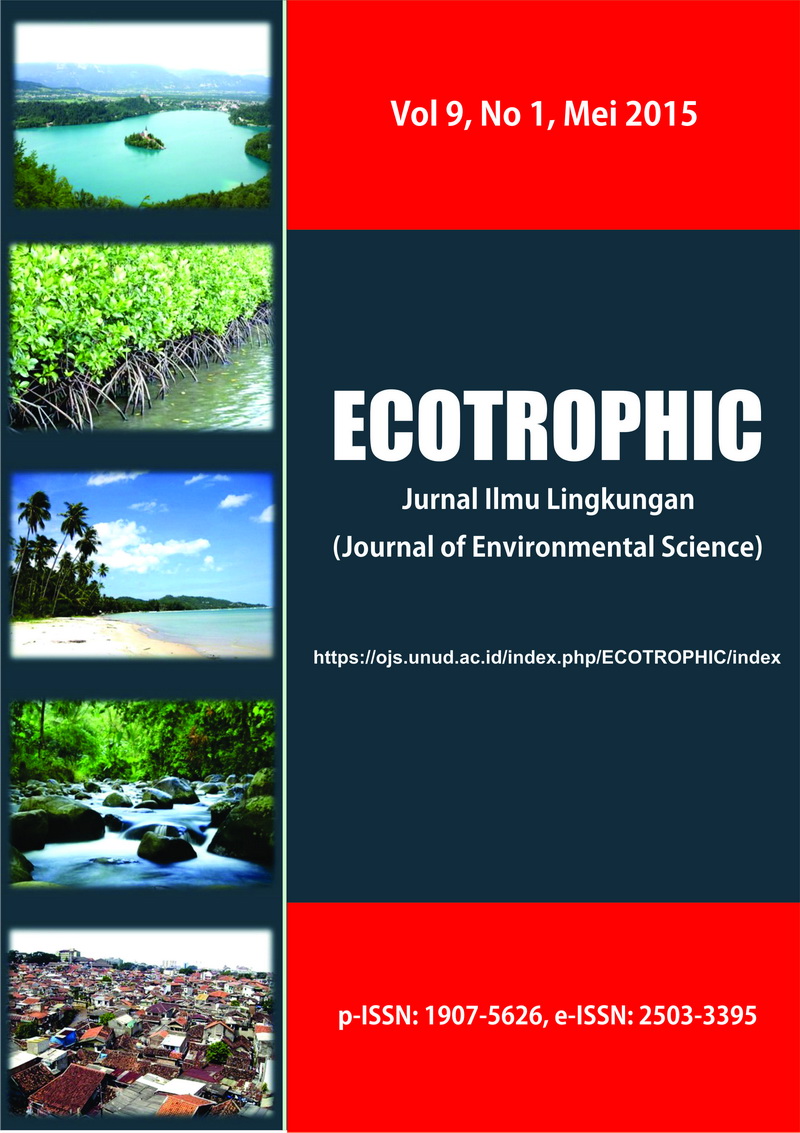BEBAN EMISI AKTIVITAS LTO PESAWAT UDARA DI BANDAR UDARA INTERNASIONAL I GUSTI NGURAH RAI BALI
Abstract
I Gusti Ngurah Rai Bali International Airport is the second highest airport in activity level in Indonesia. Flight activity in this airport increases every year, with an increase of 20% from 2011 until the end of 2012. The research aimed to identify how much the LTO (Landing-Take-Off) emission activity in I Gusti Ngurah Rai Bali International Airport. The purpose of this research was to identify how much the emission is and the effect of LTO activities towards the ambient air condition of CO and NOx around the airport. Three measurement points and three days recent flight were applied to understand the emission spreading characteristic in every LTO phases. The three phases of LTO which are consisted of take-off phase, taxi in phase and landing phase, were the main focus of this research. The three recent flights were on Monday 5 of May, on Wednesday 7 of May and on Saturday 10 of May in 2014. Regression bifilar linear statistical analysis method was employed to identify the effect and how big the CO and NOx emission contribution towards the ambient air quality. The results of this research showed that the emission of aircraft activity in LTO phases was effected by the ambient air concentration of CO and NOx. It was proved with the result from F test simultaneous with significant level average 0,033 < 0,005 and with r value that exists between 0,77 – 0,97 with mean contribution was 79,1%. Take-off phase was the phase that produced the biggest NOx gas emission compared to the other phases. When the aircraft did the take-off phase, the thrust was used reached 100%, the purpose was to produce the big energy. The combustion that happened in take-off phase in aircraft machine classified in perfect combustion, also this thing effected the phase to produce the smallest CO gas emission compared with the other phases. Taxi in phase was a phase that produced the biggest CO emission between the two other phases, it was happened because the thrust needed just 7% only so the combustion in aircraft machine classified in imperfect combustion and it was effected the CO emission was increasingly while the landing phase was the phase that produced the smallest CO and NOx gas emission compared to the other phases. Measurement results of the CO and NOx concentration in every point in three days recent flight was still under the quality standard that has been settled appropriate in Government Act number 41 year 1999..


